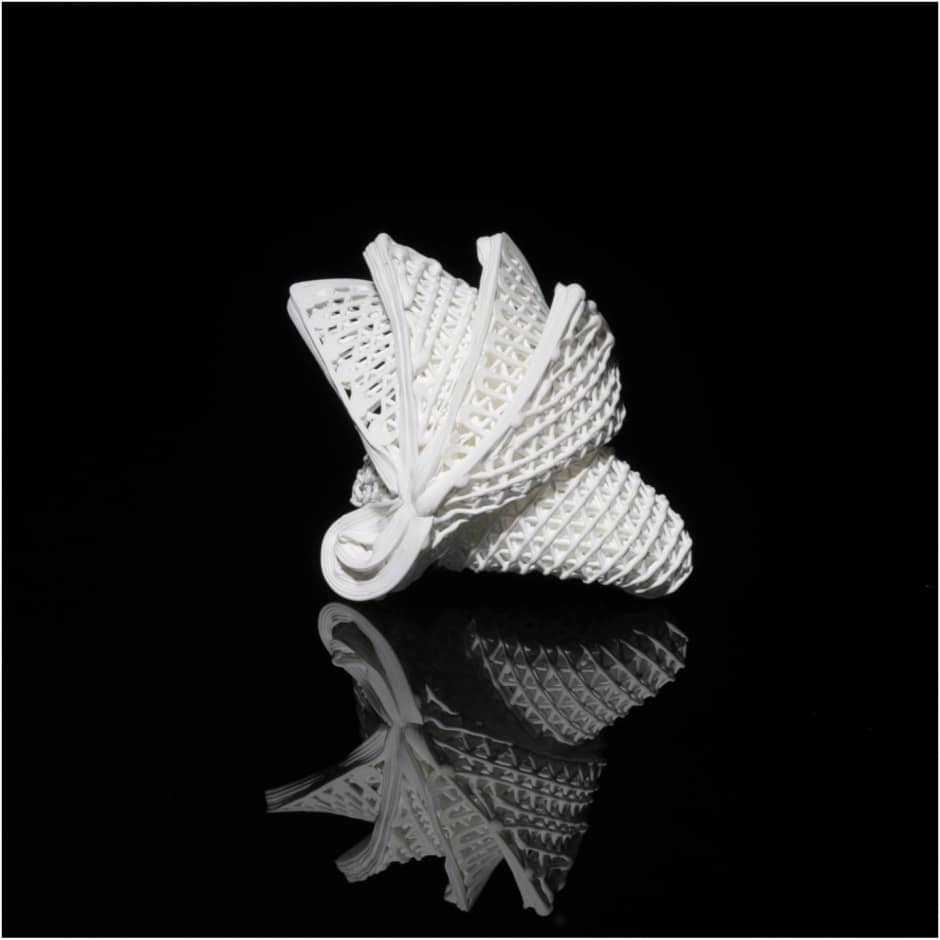Hong Kong team develops 4D printing for ceramics
Elastomeric precursor allows 4D printing of mechanically robust shapes with complex geometry, with potential applications in electronics, decorative arts and aerospace
Four-dimensional printing refers to the manufacture of geometries that can reshape or self assemble over time, with the influence of external stimuli such as force, temperature or magnetism. It is particularly applicable to ceramics which, because of their tendency to stiffness and brittleness, are very difficult to print in complex shapes.

This has been a barrier to the structural application of ceramics, with the result that they have been largely excluded from the revolution that 3D printing has brought to the use of polymers and metals. The development from City University of Hong Kong (CityU) is to use a “ceramic ink” to print flexible forms that can be turned into a conventional ceramic material with heat treatment.
In a paper in the journal Science Advances, a team led by material scientist Prof Lu Jian describes how the ink, made from elastomeric poly (dimethylsiloxane) mixed with crystalline nanoparticles of zinc oxide, 20 to 50nm in diameter, could be printed and then deformed through stretching, origami-like folding, or by using pre-defined joints and creases into complex shapes and then heat treated to turn them into rigid ceramic bodies.
Register now to continue reading
Thanks for visiting The Engineer. You’ve now reached your monthly limit of news stories. Register for free to unlock unlimited access to all of our news coverage, as well as premium content including opinion, in-depth features and special reports.
Benefits of registering
-
In-depth insights and coverage of key emerging trends
-
Unrestricted access to special reports throughout the year
-
Daily technology news delivered straight to your inbox










National Gas receives funding to develop Gravitricity underground hydrogen storage system
One single rock salt mine - Winsford - has 23 <i>MILLION </i>cubic metres of void and even allowing for 10% of that void set aside for hazardous waste...